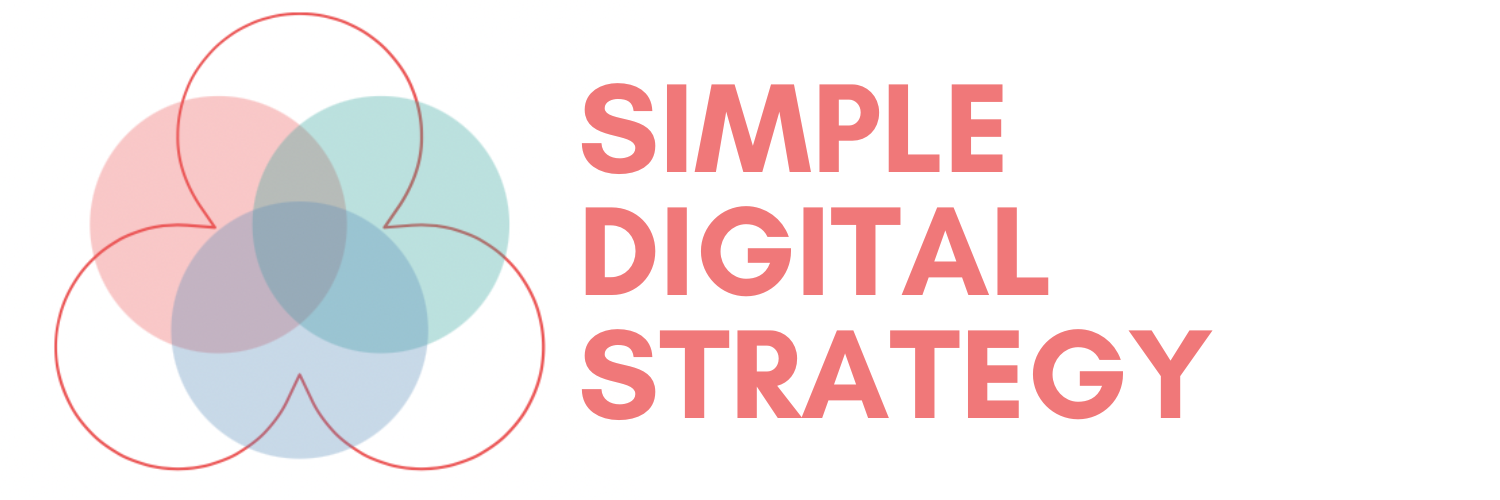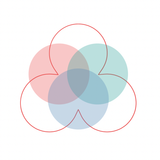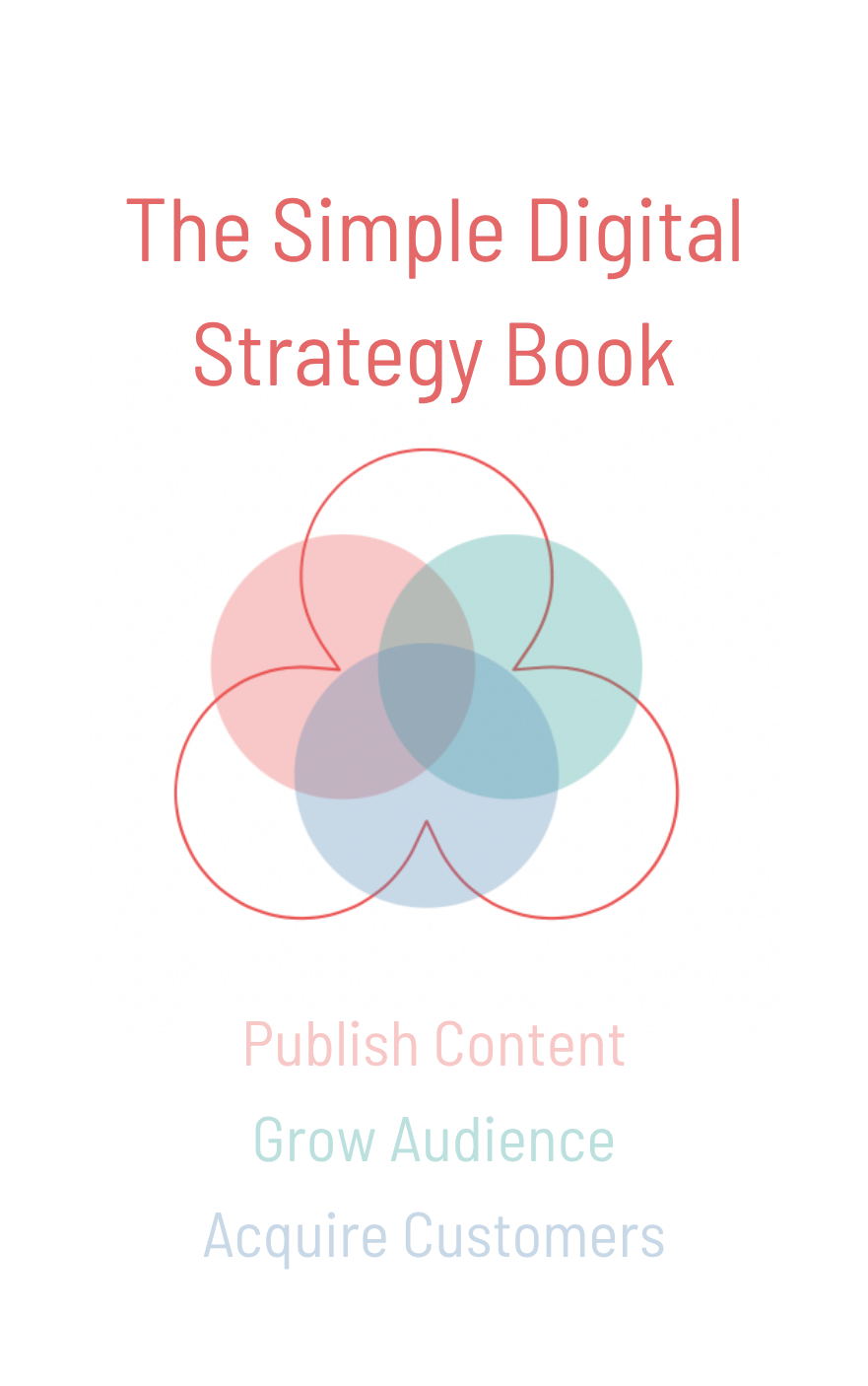Examples of Audience Segmentation That Work
Struggling to make segmentation feel real? These examples show how brands break down audiences by behavior, location, and intent to drive stronger results.
Audience Segmentation Examples
Understanding your audience is key to effective marketing. Audience segmentation allows you to tailor your messaging to specific groups, increasing relevance and engagement.
If you’re new to segmentation, start with the 4 main types of audience segmentation before diving into examples.
What is Audience Segmentation?
Audience segmentation involves dividing your broader audience into subgroups based on shared characteristics. This enables more targeted and effective marketing strategies.
Types of Audience Segmentation
1. Demographic Segmentation
Demographic segmentation groups your audience based on characteristics like age, gender, income, education level, and occupation. It’s one of the most common and foundational types of segmentation.
Example:
A premium skincare brand targets women aged 30–50 with higher disposable income, focusing on anti-aging benefits and self-care routines.
How to apply it:
Use customer surveys or analytics tools to understand age brackets and income ranges. Align your copy and creative with what matters most to that segment.
2. Geographic Segmentation
Geographic segmentation divides audiences by physical location — country, region, city, climate, or even timezone. It's especially useful for location-based campaigns or climate-sensitive products.
Example:
A winter apparel brand promotes insulated jackets and snow boots to customers in colder southern regions, while showing lighter gear to users in tropical areas.
How to apply it:
Target by location in your ad platforms, personalise website banners by geolocation, or customise offers for local seasons and holidays.
3. Psychographic Segmentation
Psychographic segmentation focuses on your audience’s personality traits, lifestyle, values, interests, and opinions — helping you connect on a more emotional level.
Example:
A sustainable fashion brand appeals to eco-conscious millennials by highlighting ethical production, minimalism, and climate responsibility in its messaging.
How to apply it:
Collect qualitative data via surveys or customer interviews. Reflect those values in your tone, product positioning, and brand story.
4. Behavioural Segmentation
Behavioural segmentation targets users based on their actions — past purchases, browsing patterns, usage frequency, or brand engagement.
Example:
An e-commerce store sends a reactivation email with a 10% discount to customers who haven’t made a purchase in the past six months.
How to apply it:
Track user behaviour in your CRM or analytics tools. Trigger personalised messages based on inactivity, loyalty milestones, or browsing activity.
To learn how to collect and activate customer data for these segments, check out What Is a Customer Data Platform (CDP)?.
5. Technographic Segmentation
Technographic segmentation groups your audience based on the technology they use, such as devices, software, platforms, and digital habits.
Example:
A SaaS company targets businesses using outdated project management tools and runs campaigns showing side-by-side comparisons with modern platforms.
How to apply it:
Use tools like BuiltWith or your own CRM data to identify tech stacks. Tailor your messaging to demonstrate how your product replaces or integrates with their current tools.
6. Lifecycle Segmentation
Lifecycle segmentation focuses on where someone is in their journey with your brand, such as new lead, active customer, or churn risk.
Example:
An online course provider sends onboarding tips to new users, product updates to active ones, and discount re-engagement emails to lapsed customers.
How to apply it:
Segment email lists based on signup or purchase date. Match messaging and offers to their lifecycle stage.
7. In-Market Segmentation
This focuses on identifying people who are actively researching or shopping in your category.
Example:
A luxury mattress brand targets visitors comparing sleep quality tools, mattress reviews, or related YouTube content, signalling they’re close to a purchase.
How to apply it:
Use intent data from Google Ads or retargeting platforms. Craft content that helps buyers make the final decision and nudges them over the line.
Audience Segmentation Examples
Below are practical examples that show how each type of segmentation can be used in a real marketing context.
To actually activate these segments, many teams rely on a Customer Data Platform (CDP) powered by first-party data.
Example 1: Demographic Segmentation
| Segment Name | Age Range | Income Level | Education Level | Marketing Strategy |
|---|---|---|---|---|
| Young Professionals | 25-35 | $50k-$70k | Bachelor's Degree | Social media campaigns highlighting career growth |
Example 2: Geographic Segmentation
| Segment Name | Location | Climate | Local Events | Marketing Strategy |
|---|---|---|---|---|
| Coastal Residents | California | Warm | Beach festivals | Email campaigns promoting summer products |
Example 3: Psychographic Segmentation
| Segment Name | Interests | Values | Lifestyle | Marketing Strategy |
|---|---|---|---|---|
| Health Enthusiasts | Fitness, Nutrition | Wellness | Active | Content marketing with health tips and product recommendations |
Example 4: Behavioural Segmentation
| Segment Name | Behaviour Patters | Engagement Level | Last Purchase | Marketing Strategy |
|---|---|---|---|---|
| Dormant Buyers | Infrequent purchase | Low | 6+ months ago | Win-back email with discount incentive |
Example 5: Technographic Segmentation
| Segment Name | Tech Stack | Platform Used | Pain Point | Marketing Strategy |
|---|---|---|---|---|
| Legacy Users | Old project tools | Desktop web | Slow team collaboration | Comparison campaign showing faster workflows |
Example 6: Lifecycle Segmentation
| Segment Name | Stage | Tenure | Engagement Pattern | Marketing Strategy |
|---|---|---|---|---|
| New signups | Onboarding | Less than 2 weeks | Exploring product | Welcome email series with guided steps |
Example 7: In-market Segmentation
| Segment Name | Intent Signal | Content Viewed | Buyer Stage | Marketing Strategy |
|---|---|---|---|---|
| Active Researchers | Product comparison | Review blogs, YouTube | Consideration | Retargeting ads + decision-focused content |
This is just a piece of the system — the book puts it all together.
How to Implement Audience Segmentation
- Collect Data
Gather data from analytics tools, surveys, CRM, and purchase history to understand your audience. - Define Segments
Group users by shared traits or behaviours that matter to your business goals. - Develop Targeted Messaging
Develop specific messages and offers for each segment. - Select Channels
Use the right platforms for each group — email, social, paid, or in-product messaging. - Monitor & Refine
Track performance by segment. Test and adjust your approach to improve relevance and conversion over time.
FAQ: Audience Segmentation
What is audience segmentation?
Audience segmentation is the process of dividing a broader audience into smaller groups based on shared characteristics like demographics, behaviour, interests, or needs. It allows businesses to deliver more targeted and relevant messages.
What are the types of audience segmentation?
The main types include demographic, geographic, psychographic, behavioural, technographic, lifecycle, and in-market segmentation. Each type helps focus your marketing on a specific customer trait or behaviour.
Why is audience segmentation important?
It ensures marketing resources are focused on the right people, increasing relevance, engagement, and conversions. It also improves personalisation and can reduce wasted ad spend.
Can I use more than one segmentation type?
Yes — combining multiple segmentation types (e.g., demographic + behavioural) can create highly specific audience profiles and improve campaign performance.
By effectively segmenting your audience, you can deliver more personalised and effective marketing messages, leading to higher engagement and conversion rates.


